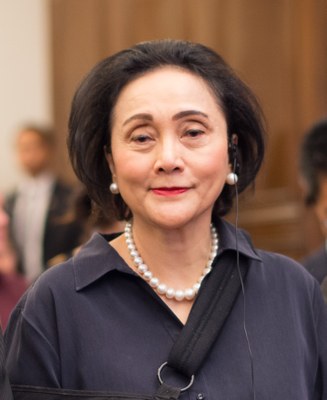Eleanora de Guzman: International Women's Day CWT Spotlight
How did you start working in Counter Wildlife Trafficking (CWT)?
It was in late 2016 when I accepted an offer by FHI360 to join the USAID Wildlife Asia team as Demand Reduction Lead. I was previously working in the health sector using the social and behavior change communication (SBCC) approach to change target audience perceptions, attitudes, beliefs and behaviors on health issues. I was excited at the opportunity of applying SBCC to a new field and, specifically, to reduce rather than create demand, an exciting challenge which has not left me.
What has been your proudest moment in CWT?
Not one but a few which reflect milestones in our SBCC journey to reduce demand for wildlife products. In 2018, we completed the wildlife product consumer research in China and Thailand. The results were extremely well received, widely publicized by the press, and broke ground since our research methodology was used by other organizations for their own consumer research in CWT. We continue to use insights from these research studies in planning our campaigns. In 2019, we launched the Beautiful Without Ivory campaign in Thailand featuring five prominent women social media and fashion Influencers from various professions. This campaign, based on insights from our consumer research, is a novel approach to motivating women to stop buying and using ivory jewelry and accessories since our message, delivered by these five women Influencers, is not linked to conservation but to ivory use as a non-acceptable fashion statement.
As a woman in CWT, how do you think we can bolster women in Counter Wildlife Trafficking? And how can we ensure greater roles for women in CWT?
As I see it, the top leadership roles in CWT and conservation are composed mainly of men, probably because CWT in the past has been seen as mainly a law enforcement issue. I think we need to elevate more women in top leadership roles, even in law enforcement. I know a number of women who are more than capable to take this on.


